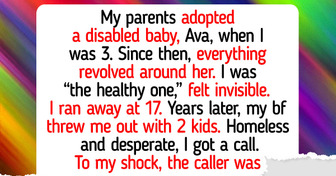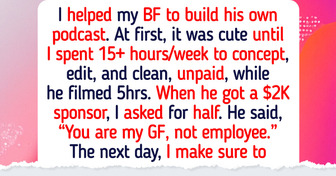I Refuse to Cook Separate Vegan Meals for My Entitled Stepdaughter, So I Gave Her the Ultimate Reality Check

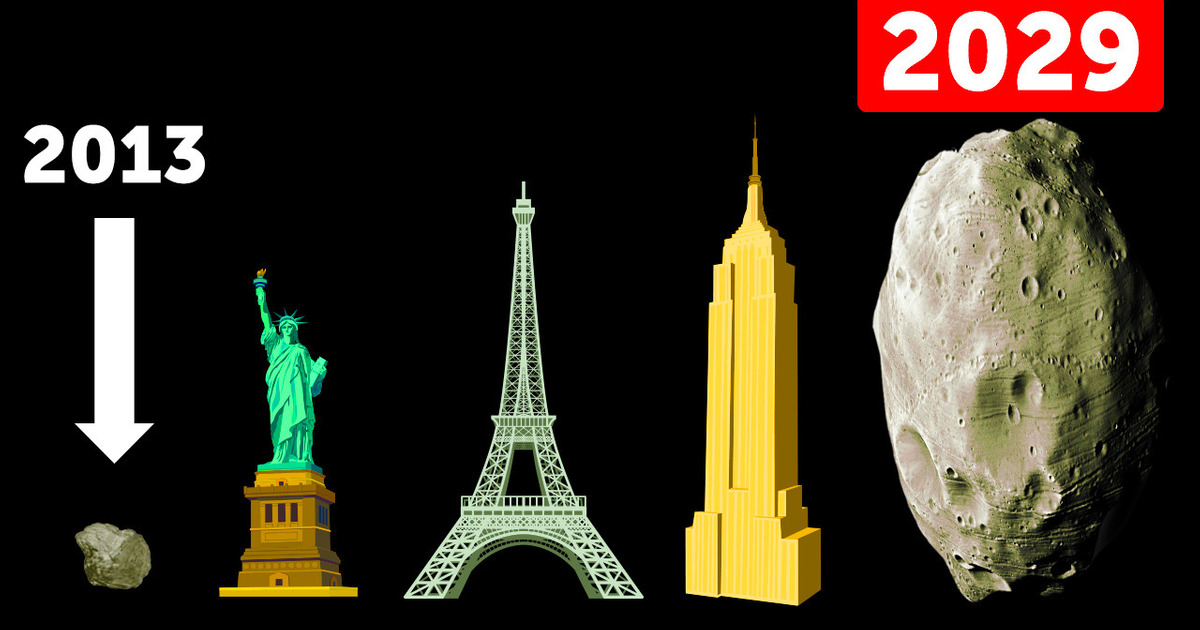
The sun is rising, lighting up the trees, swamps, and massive plants of the Yucatán Peninsula. It’s 66 million years before today — the last days of the Mesozoic era. This peaceful world doesn’t know yet that a rock the size of a mountain is nearing Earth at a speed of more than 40,000 mph [(64,000 kph)].
It looks like a fireball that’s growing larger and larger with every passing minute. Soon, it already seems to be bigger than the Sun. Dinos, roaming the prehistoric Earth, don’t know that they have to run, hide, save themselves! Not that it’s going to help.
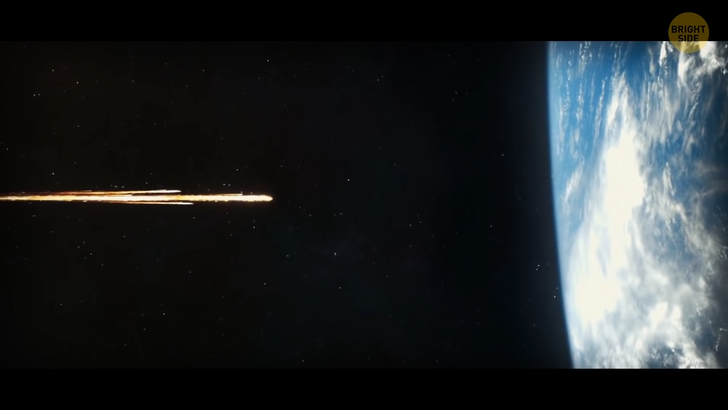
The asteroid slams into the planet with enormous force. It doesn’t stop moving until it gets through the crust to a depth of several miles. The impact leaves a crater that’s more than 100 miles [(161 km)] across. Thousands of cubic miles of solid rock instantly turn into vapor. The crash sets off a series of natural disasters that erase 80% of life on Earth.
It’s the very asteroid that’s going to finish off dinosaurs. All the creatures close enough to see the crash, don’t survive for longer than a few seconds — so powerful the hit is. Closer to the impact crater, the ground is covered with thousands of feet of hot ash, grit, and rubble.
Nine seconds later, and everything for many miles around — grass, trees, shrubbery — bursts into flames. What isn’t burned down within the next several minutes after the collision gets flooded. In some places, tsunami waves reach a height of 1,000 ft [(305 m)].
Earthquakes are starting to shake the Earth like never before. Their power is equivalent to all the earthquakes that have happened on the planet in the past two centuries — if they were going off simultaneously.
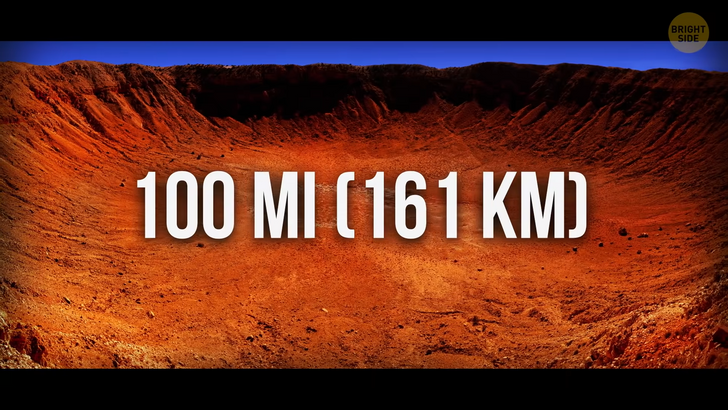
A bit less than an hour after the collision, a gust of wind whips through the area at a speed of 600 mph [(965 kmp)]. It flattens down everything that has been left standing and scatters debris for miles around.
A bit farther from the direct impact zone, the skies start to darken dramatically. What looks like shooting stars is actually debris raining back on the planet.
Glowing ominous red, they re-enter Earth’s atmosphere and emit infrared radiation. During the first hours after the crash, the sky is almost totally dark. Later, it starts to get lighter — very, very slowly. For the next couple of years, it’s something between a cloudy day and twilight.
Lots of plants don’t survive this dimness and the absence of sunlight. The ash stays in the air for months. That’s why when it rains, the water is highly acidic. Fires keep raging. They produce tons of toxins that destroy the ozone layer — at least for some time. Earth is in for hard times.
More than 30,000 objects that are circling Earth these days can potentially strike our planet. NASA considers around 1,500 of them “potentially hazardous.” These space rocks are the remains left after the Solar System was formed some 4.6 billion years ago.
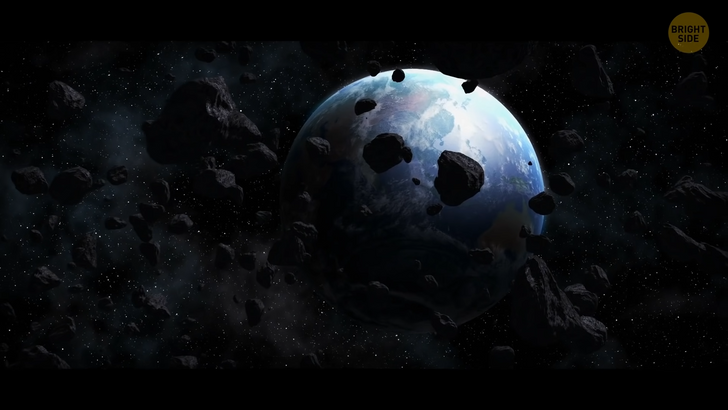
If one of these objects hits our planet, the consequences will be unpredictable. They can vary from shattered glass and broken windows to all life forms getting wiped off the face of the Earth.
Unfortunately, in our case, it’s likely to be the second option. In 2004, astronomers discovered a huge asteroid nearing Earth. The first observations showed that the chance of the space rock hitting our planet was a bit less than 3%.
The asteroid was named Apophis. It’s more than 1,100 ft [(335 m)] across and weighs about 20 million tons. It’s supposed to streak across the sky exactly on Friday, April 13, 2029. Apophis will pass at a distance of 19,000 miles [(30,500 km)] away from Earth’s surface.
Scientists are almost positive that the intruder won’t collide with our planet. What’s more, they’re super excited about the possibility to see this space object close up. And not only them — up to 2 billion people will be able to watch the asteroid pass with the naked eye.
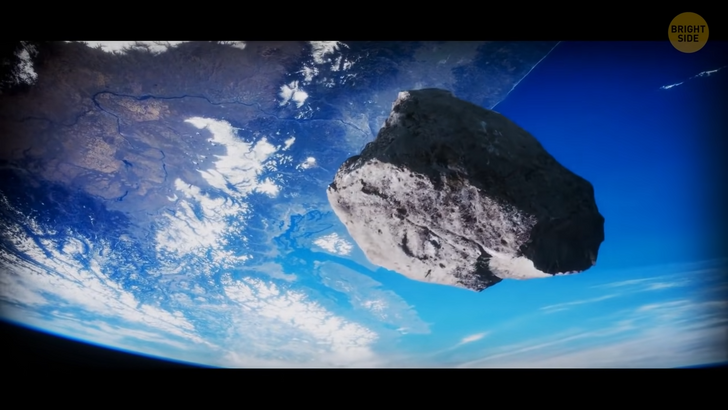
But even though this space rock might miss our planet in 2029, it doesn’t mean it won’t return 7 years later, in 2036. And that’s when life as we know it might no longer exist. Earth’s gravitational pull is likely to bring the asteroid closer. And when it comes back almost a decade later, it’s going to be on a closer collision course.
Then, what would happen if Apophis or any other asteroid its size crashed into our planet? It would hurtle down to Earth at a speed of more than 1,000 mph [(1,600 km)].
Because of its huge size, air friction wouldn’t be able to slow down the invader. Earth’s crust would finally stop the asteroid. The impact would turn into vapor not only the space rock itself but also a huge chunk of the planet’s crust.
The collision would flatten even reinforced concrete buildings many miles away from the crater. If the asteroid landed in the ocean, the tidal waves would reach several hundred feet. They would cleanly scrub nearby coastlines.
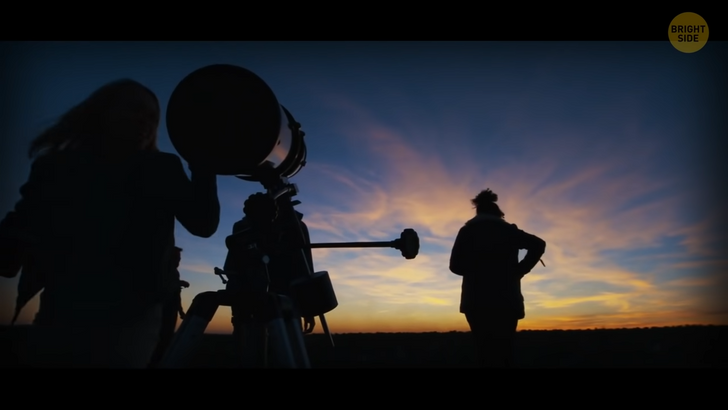
Some debris would travel so fast they’d leave the atmosphere and start to orbit Earth. But most of the rubble would rain back to the planet.
This would be heating the atmosphere until it got as hot as an oven. Wildfires would be spreading all over the world. Anything not sheltered underground would be cooked in no time.
And then, for a year or even longer, Earth would look the same as it did after the asteroid hit it more than 60 million years ago. Ash, soot, no sunlight — a gloomy place.
By the way, in 2015, astronomers noticed a 1,300-ft [(369 m)] wide asteroid a mere 3 weeks before it passed alarmingly close to our planet. If its course had been a tiny bit different, people wouldn’t have had any time to prevent the collision and save themselves.
Does that mean that if a similar giant headed toward Earth, we would be doomed? No worries, people would still have a chance to survive.
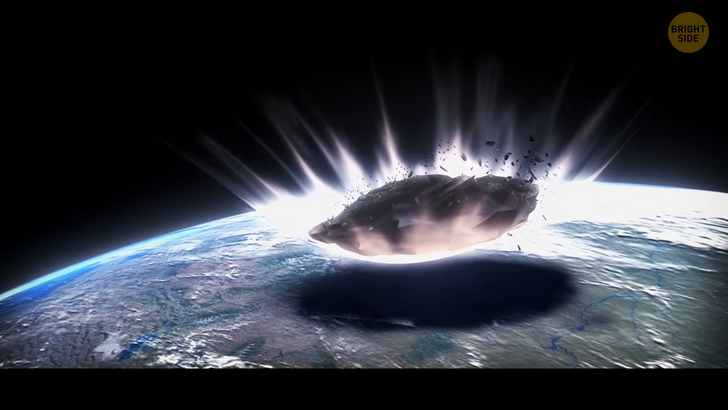
For one thing, we could use a spacecraft to knock this visitor from outer space off its course. Or it could somehow be blasted into pieces. Scientists could also slow the thing down with the help of concentrated sunlight.
Or people could probably tug it away with a gravity tractor. That’s a theoretical spacecraft that can influence objects in space without touching them.
In sci-fi movies, a huge asteroid often sneaks up on Earth and turns out to be a nasty surprise to astronomers. It hurtles toward our planet at breakneck speed and gets discovered just weeks or even days before the collision.
In reality, scientists are constantly watching all more or less large objects in Earth’s neighborhood. It means there would be plenty of time to do something before the inevitable happened.
There are three kinds of missions scientists could prepare at short notice. “Type 0” — when a heavy spacecraft hurtles toward the intruder with one single goal — to knock it off its course. In this case, astronomers would have to rely on the already available information.
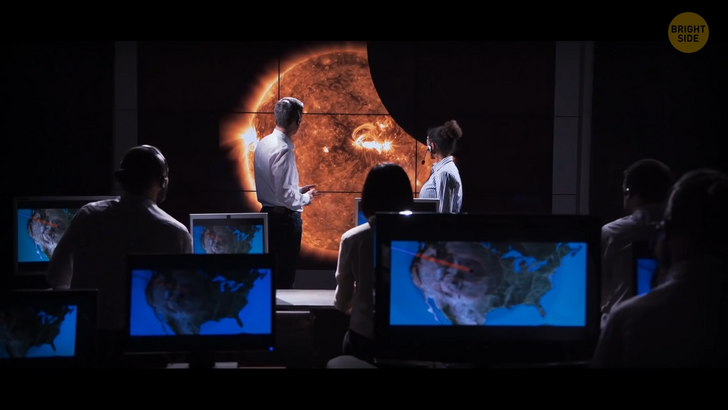
The “type 1” mission would involve a scout. It would be launched first to get more close-up information about the space rock. Only after that, the main spacecraft would be launched. With more precise information, its journey would be way more productive.
And if scientists chose the “type 2” mission, they would send a scout and a small spacecraft at the same time. The spacecraft would knock the asteroid a bit off its course. Then, the scout would collect all the necessary information. Based on this data, the spacecraft would finish its job with a more fine-tuned second push.
If none of these methods worked, people could try going deep underground or even build a shelter on the ocean floor. But in this case, we’d need to find sources of energy that could help us survive for at least several decades. Plus, people would have to create a life support system that would somehow keep air and water fresh.
Another option, which doesn’t look realistic at the moment, is to go to space. It can’t be low Earth orbit (about 1,200 mi [(1,931)] above the planet’s surface). Debris that would fly up at the impact could easily reach this height. This would probably leave people with two options: the Moon or Mars.
Sadly, at the moment, we have no idea how to build a self-sustaining space colony. And there’s not so much time left to figure it out.

